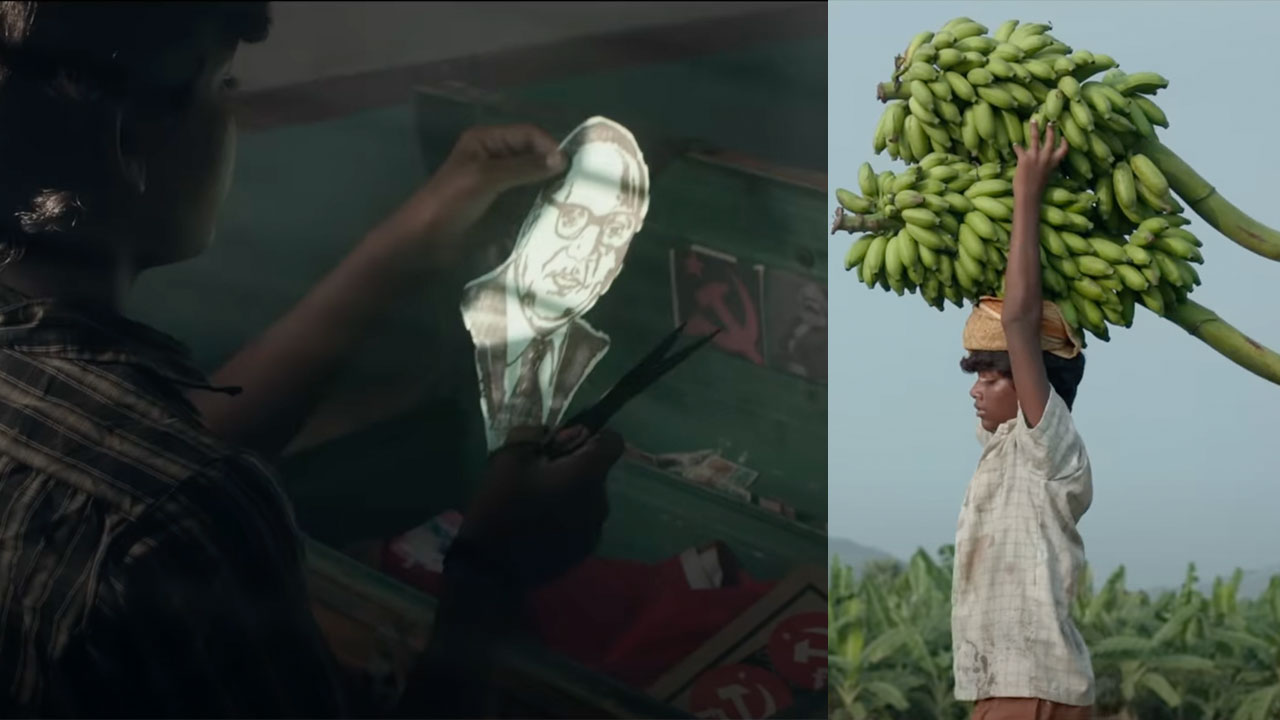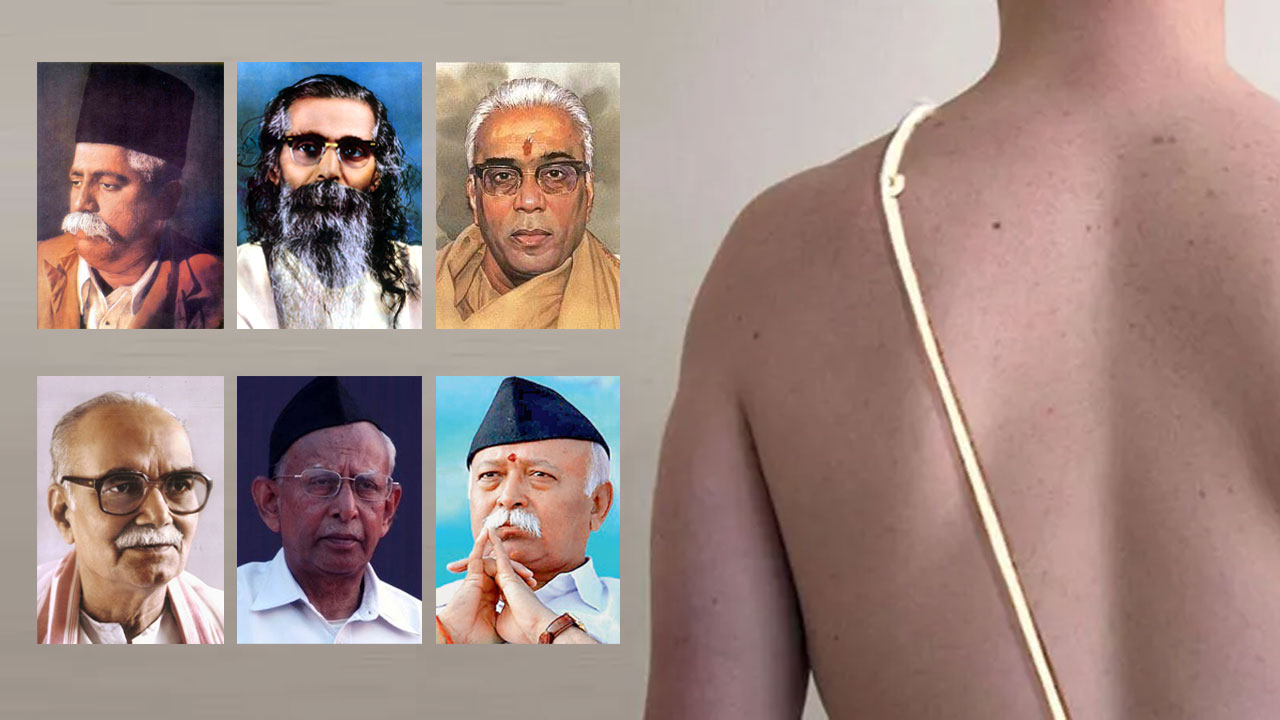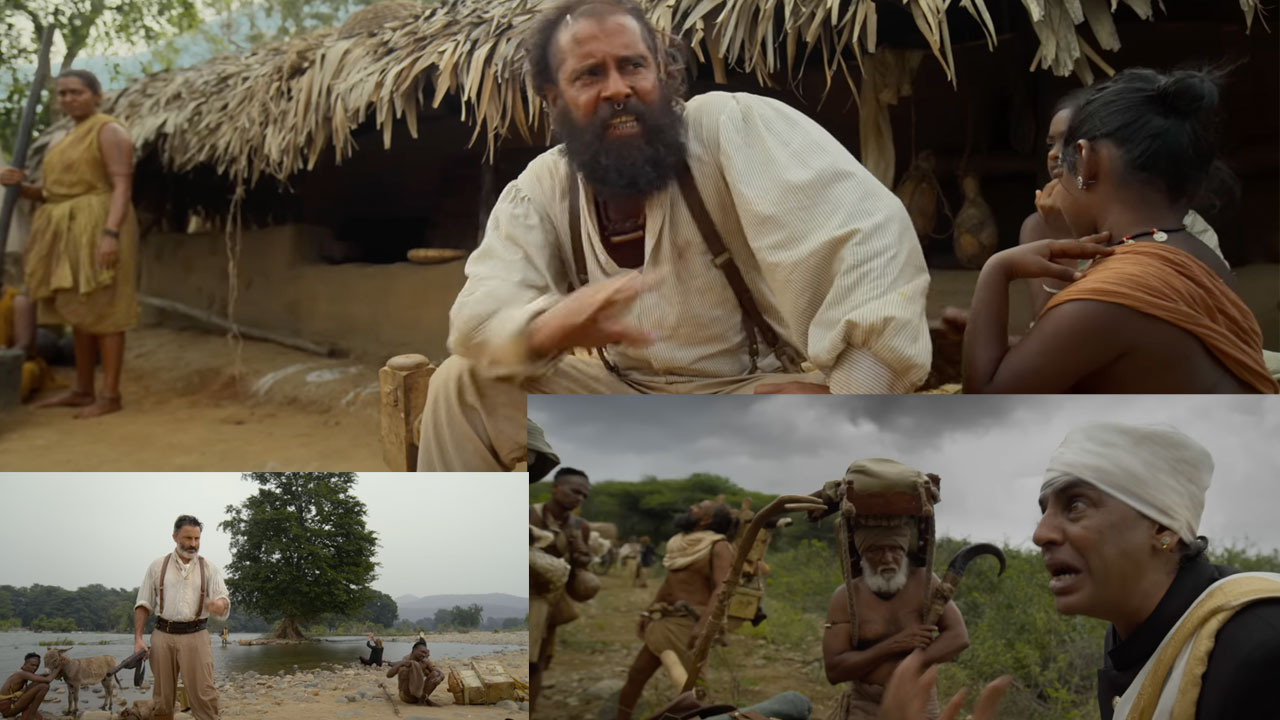Preferential treatment has been universally accepted by the modern state and society as an instrument to raise the standard of living of the deprived sections. Many scholars and political thinkers consider preferential treatment as being inherent to a liberal democratic State.[1] The state tries to distribute the available resources among the people by prioritizing destitute individuals or groups through preferential treatment. The reasons and criteria for preferential treatment differ between states and mostly depend on the nature of discrimination that led to the backwardness of certain communities. Accordingly, preferential treatment takes different names – affirmative action, positive discrimination, strict quotas in school/college admissions and jobs[2] – but they are all aimed at correcting the imbalance in terms of access to capital assets, employment and education, political participation and so on. Examples can be found in the West (USA, UK, Northern Ireland); Latin American countries like Brazil, Bolivia, Peru; African countries like Nigeria, Sudan and South Africa; and Asian countries like Malaysia, Pakistan, China, Japan and India.
 The 1950 Presidential Order in reference to Article 341
The 1950 Presidential Order in reference to Article 341
In India, Dalits and Other Backward Classes (OBCs), historically Shudras, have been at the bottom of the social hierarchy and economically backward for centuries. It was B. R. Ambedkar’s struggle that led to these downtrodden people being granted reservation. The Government of India Act, 1935 extended the policy of reservation to all the deprived sections, including Muslim castes and Hindu Dalits.[3] It was observed that the Muslim community in India too had a caste-based hierarchical social structure. However, how pervasive the caste system was among them was debatable. The numbers of caste Muslims in Census 1901, 1911, 1921 and 1931 cleared all these doubts and put paid to the claims of homogeneity of the Muslim community. Mahatma Gandhi, while writing to one of his friends in 1941, mentioned the presence of evil practices in society, even within communities other than the Hindus: “Undoubtedly, Muslim and Christian have caste evil, thanks to the Hindu society. By eliminating caste practices, Hindu community can help other social groups to keep a check on them. The rest of the work could be done by the communities themselves.”[4] Referring to the Bengal Census 1901, Dr Ambedkar, too, has commented on the social and psychological stagnancy of Muslim society. “Islam speaks of brotherhood. Everybody infers that Islam must be free from slavery and caste … But if slavery has gone, caste among Musalmans has remained.”[5] The lower-caste Muslims were mainly those who once belonged to the various occupational groups in the Hindu lower social strata. Conversion didn’t change their social and economic status. They remained poor and neglected in society.
After Independence and Partition, reservations for Muslim OBCs and Dalit Muslims were withdrawn. Vallabhbhai Patel presented to the Constituent Assembly the report of subcommittee on the minorities dated 8 August 1947. It provided for the reservation of seats for minorities within a joint electorate on the basis of their population. Separate electorates were abolished. A few days later on 27 and 28 August, the assembly debated the report and adopted its recommendations. Reservations would be implemented not only in central and provincial legislatures, but also in the recruitment to services. Paragraph 9 of the report said, “In all-India and provincial services, the claims of all the minorities shall be kept in view in making appointments to these services consistently with the consideration of efficiency of administration.”[6]
Having agreed to this, the drafting committee moved a special Article 29, granting rights to minorities. Later, on 11 May 1949, the Advisory Committee submitted a report on political safeguards to minorities. In this report, the earlier decisions – except reservations in the legislature – were reiterated and confirmed. But K.M. Munshi moved an amendment that restricted Article 29 to the Scheduled Castes only. Continuing the process of abolishing special rights to minorities, the Presidential Order of 1950 did away with the reservation for Dalit Muslims. The logic that the then Indian government put forward was that, as a religion, Islam was not made up of castes. There has been a conscious denial of the caste practices among the Muslims, which was recorded by colonial ethnographers. Thus, on the one hand, in the name of national unity and integration, independent India denied special measures that the general Muslim population had enjoyed earlier; on the other hand, it restricted reservations only to Hindu Dalits.
Article 341 and Constitutional Amendment
Article 341 of Indian Constitution says, “The President may with respect to any State or Union territory, and where it is a State after consultation with the Governor thereof, by public notification, specify the castes, races or tribes or parts of or groups within castes, races or tribes which shall for the purposes of this Constitution be deemed to be Scheduled Castes in relation to that State or Union territory, as the case may be. Parliament may by law include in or exclude from the list of Scheduled Castes specified in a notification issued under clause (1) any caste, race or tribe or part of or group within any caste, race or tribe, but save as aforesaid a notification issued under the said clause shall not be varied by any subsequent notification.”
 Thus it leaves Dalits among Muslim and Christian communities out of the purview of reservations. But these rules have been amended twice till now to include Dalits among Sikhs and Buddhist communities. Following agitation led by “Master” Tara Singh, the Constitution (Scheduled Castes and the Scheduled Tribes) Orders (Amendment) Act, providing for inclusion of Dalit Sikhs in the list of the Scheduled Castes, was passed in 1956. It said, “Notwithstanding anything contained in para 2, no person who professes a religion different from the Hindu or Sikh religion shall be deemed to be a member of a Scheduled Caste.” In May 1990, to commemorate the centenary of the birth of Dr B.R. Ambedkar, Prime Minister V.P. Singh convinced the lawmakers to bring Dalits had who converted to Buddhism into the list of Scheduled Castes. He made representations to Parliament indicating that this change of religion, from Hindu to Buddhist, had not altered their social, economic or educational conditions. Thus the word “Buddhist” was added to the clause: “Notwithstanding anything contained in para 2, no person who professes a religion different from the Hindu, the Sikh or the Buddhist religion shall be deemed to be a member of a Scheduled Caste.” The Dalits who have adopted Christianity are equally deserving of reservations and they too should be brought under the purview of the act.
Thus it leaves Dalits among Muslim and Christian communities out of the purview of reservations. But these rules have been amended twice till now to include Dalits among Sikhs and Buddhist communities. Following agitation led by “Master” Tara Singh, the Constitution (Scheduled Castes and the Scheduled Tribes) Orders (Amendment) Act, providing for inclusion of Dalit Sikhs in the list of the Scheduled Castes, was passed in 1956. It said, “Notwithstanding anything contained in para 2, no person who professes a religion different from the Hindu or Sikh religion shall be deemed to be a member of a Scheduled Caste.” In May 1990, to commemorate the centenary of the birth of Dr B.R. Ambedkar, Prime Minister V.P. Singh convinced the lawmakers to bring Dalits had who converted to Buddhism into the list of Scheduled Castes. He made representations to Parliament indicating that this change of religion, from Hindu to Buddhist, had not altered their social, economic or educational conditions. Thus the word “Buddhist” was added to the clause: “Notwithstanding anything contained in para 2, no person who professes a religion different from the Hindu, the Sikh or the Buddhist religion shall be deemed to be a member of a Scheduled Caste.” The Dalits who have adopted Christianity are equally deserving of reservations and they too should be brought under the purview of the act.
Fight against this discriminatory rule
With the recommendations of the Mandal Commission and their implementation, a new political equation took shape. The central government included a few Muslim castes among the OBCs and also granted them reservations (27 per cent in 1990). This move sowed seeds of political consciousness among Pasmandas. They launched organizations to support the cause of Dalit Muslims and advocated the removal of 1950 Presidential Order and amendment in the Constitution in reference to Article 341. The influence of these organizations grew and they began holding programmes at the national level. For instance, the All India Backward Muslim Morcha organized the Insaaf Sammelan (Justice Conference) in Delhi in 2002. The main demand was that religious groups be brought under the purview of Article 341.
Muslim leaders of all hues attended the conference, including Maulana Asad Madani of Jamiat-Ulema-i-Hind, Maulana Asrarurl Haq Qasmi of Milli Council, Shia leader Kalbe Jawwad, and others. Besides them, several Hindu leaders also supported the demand. Former Union Minister Chaturanan Mishra and Dalit leaders Udit Raj and J.N. Nishad made fervent appeals to the union government to amend the article in favour of Muslims and Christians. Udit Raj, the chairman of the All India Confederation of SC/ST Organization, said, “We have to fight together to put an end to this ‘religious’ ban in Article 341, bringing all Dalits under one category in the Constitution.”
Similarly, the Pasmanda Muslim Mahaz held the Dalit Muslim Mahapanchayat in December 2004. Apart from making Article 341 applicable to Dalits of all religious leanings, the participants at the Mahapanchayat also asked for the rehabilitation of victims of communal riots, pro-farmer and pro-worker policies and employment to the youth. The Pasmanda mobilization India shook the psychological bondage of Dalit and OBC Muslims. They began to speak against the reactionary politics of Ashraf Muslim leaders and started demanding their long-overdue rights from the state.
Ram Kumar Hindu dhobi hai. Use sarkar ne saari sahulat de rakhi hai. Use naukri se lekar padhai tak har jagah sahualt militi hai. Lekin main ek Musalaman dhobi hoon isliye mai in tamam sahulaton se mahroom hoon. [Ram Kumar is a Hindu dhobi. From education to job, the government has given him all facilities. But I am a Muslim dhobi. So I have been debarred from all these facilities.]
It reflected the aspirations of millions of underprivileged Indian middle-caste and Dalit Muslims, who have been denied government assistance that other Dalits get under article 341 of the Constitution. The success of this movement was that it brought Article 341 under discussion and subsequently the two commissions recognized Dalits among Muslims and Christians and ordered their inclusion in the SC list. As Sachar Committee argues, “The third group (Dalit Muslim), those with similar traditional occupation as that of the SCs, may be designated as Most Backward Classes (MBCs) as they need multifarious measures, including reservation, as they are ‘cumulatively oppressed’.”[7]
Ranganath Mishra also did a detailed study of religious minorities, including Muslims, and recommended them for reservation. However, the conclusions he drew about the status of caste system in India were flawed. The report argued that a quick and meaningful developmental programme had diluted the practice of untouchability, and the socio-economic and educational status of marginalized groups (SCs/STs/OBCs) had gone up. There might have been some progress on this front but not to the extent that the report claimed. Almost dismissing caste-based hierarchy and discrimination, the report argued that “Those educationally and economically backward are, by and large, also socially backward.”[8] It was like putting the cart before the horse.
The way forward
The union government must stop indulging in gimmickry and implement the Sachar Committee report in totality. Secondly, the government must introduce a sub-quota exclusively for Muslim OBCs. Thirdly, it must declare Presidential Order (1950) as null and void and bring Dalit Muslims into the Scheduled Castes category. However, this is not possible without the broader mobilization of the community. The movement should not be sectarian and divisive. It should bring together all the Muslims on one platform. There is a possibility of this broader alliance cutting across castes. Those who were opposed to the idea of reservation for castes a decade ago are realizing that Article 341 must go. But the question is whether this realization has filtered down to the grassroots where the fight for equality continues even today.
[1] But Ambedkar felt that a major drawback of liberal democracy was its insensitivity to reach out proactively towards those subject to disadvantages of one kind or the other.
[2] Zoya Hasan, Reservation for Muslim, Seminar, May, 2005.
[3] Pasmanda Awaz, p 2
[4] See Collected Works of Mahatma Gandhi, Vol 70, p 139.
[5] Dr B. R. Ambedkar, Pakistan or The Partition of India, Education Department, Government of Maharashtra, 1990, p 228. He had noted down three categories of Muslims, ie Ashraf, Ajlaf and Arzal.
[6] B. Shiva Rao, The Framing of the Indian Constitution: Select Document, Vol II, pp 426-29.
[7] Sachar Committee report, 2006, p 214.
[8] Rangnath Mishra Committee report, p 145
Forward Press also publishes books on Bahujan issues. Forward Press Books sheds light on the widespread problems as well as the finer aspects of the Bahujan (Dalit, OBC, Adivasi, Nomadic, Pasmanda) community’s literature, culture, society and culture. Contact us for a list of FP Books’ titles and to order. Mobile: +919968527911, Email: info@forwardmagazine.in)





